Coronavirus FAQ: How Does The 6 Feet/15 Minutes Rule Apply To The Delta Variant?

Enlarge this image
Face masks definitely help keep the coronavirus at bay — and are embraced by most people in this scene from Ankara. But what about earlier recommendations to keep 6 feet from others and limit close contact to 15 minutes. With the highly contagious delta variant, are these still effective protective measures?
Adem Altan /AFP via Getty Images
hide caption
toggle caption
Adem Altan /AFP via Getty Images

Video by Xueying Chang, Kaz Fantone, Marc Silver and Ben de la Cruz/NPR
YouTube
«In my view it was interpreted in too many places as a sort of rule that the virus would follow,» says Harvard School of Public Health associate professor of epidemiology William Hanage. «Somewhat obviously, being in an unventilated space with a highly infectious person for an hour would not suddenly become ‘safe’ » if you sat more than 6 feet away from them.
«The risk might end up slightly lower,» he adds, «but it wouldn’t be zero.»
The CDC used 6 feet for distance and 15 minutes for length of exposure as pre-conditions that would make it more likely that someone was exposed to enough virus to cause an infection, says Stanford University infectious disease fellow Abraar Karan.
«As with all pre-conditions, there are exceptions — namely, if you were exposed to more virus even over a shorter period of time (as we may expect from delta, which can cause viral load levels much higher than the previous dominant strain — or if you were exposed to less virus but over a longer period of time or in closer proximity).»
In fact, the CDC’s website now explicitly points out that transmission can occur beyond 6 feet indoors via aerosolization, Karan says.
So how should you judge your risk?
There are a few specific things you can do to lower your risk, of course: get vaccinated, wear a mask, wash your hands, stay away from anyone who’s sick. But in terms of time and distance, experts say to think more generally.
«I think it is important for people to think of this in terms of more likely and less likely rather than in terms of absolutes like 6 feet and 15 minutes,» Karan says.
It’s OK to rely on your own common sense, Wen points out. «I would just say to use common sense and a higher index of suspicion [now that Delta has taken over].»
For example, «emphasize that the closer you are to others, the more likely transmission can occur,» Karan says, «and the further away, the less likely. The longer you are near someone, the more likely; and the shorter amount of time, the less likely. But also: Time spent matters, use of masks matters, being outdoors where droplets can’t acclmulate matters and how infectious someone else is matters.»
Consider the following factors, Hanage says: whether people are unvaccinated, whether people are indoors, poor ventilation, lack of mask use, duration of exposure, total number of infectious contacts, and total inoculum (number of infectious viral particles). (Ok — we’ll give you a pass on not knowing how many viral particles you may or may not have been infected with. Just know with delta as the primary variant, it’s likely much higher than it was previously.)
And how do you know when to test and quarantine?
Again, use your common sense, Wen urges. «If you were at a garden party with someone who ended up testing positive, but you don’t recall that person and likely were not anywhere close to them, you probably don’t need to test or quarantine. On the other hand, if you live with vulnerable family members and had a questionable exposure, maybe err on the side of caution and get tested.»
In fact, she adds, «use a very high degree of suspicion» if you live with vulnerable people. For example, if you saw someone who later tested positive for only five minutes, that would warrant getting tested (but not until at least three days later, or you risk an inaccurate result.)
The bottom line: «Transmission is a complex process,» Karan says. «No set number of feet or minutes can capture this fully.»
Sheila Mulrooney Eldred is a freelance health journalist in Minneapolis. She’s written about COVID-19 for many publications, including Medscape, Kaiser Health News, Science News for Students and The Washington Post. More at sheilaeldred.pressfolios.com. On Twitter: @milepostmedia.
- 15 minutes of contact
- 6 feet of distance
- COVID-19
- pandemic
- coronavirus












Комментарии 0